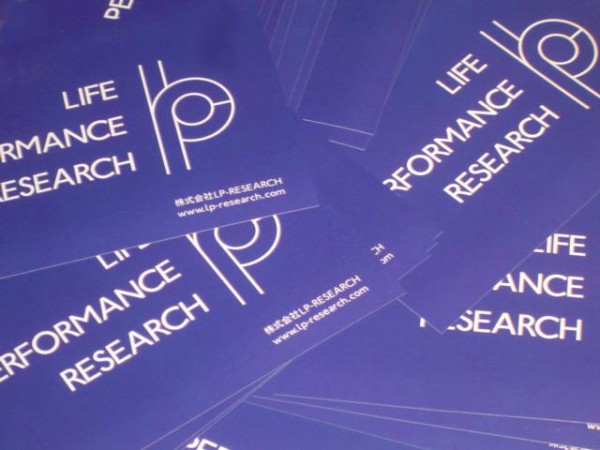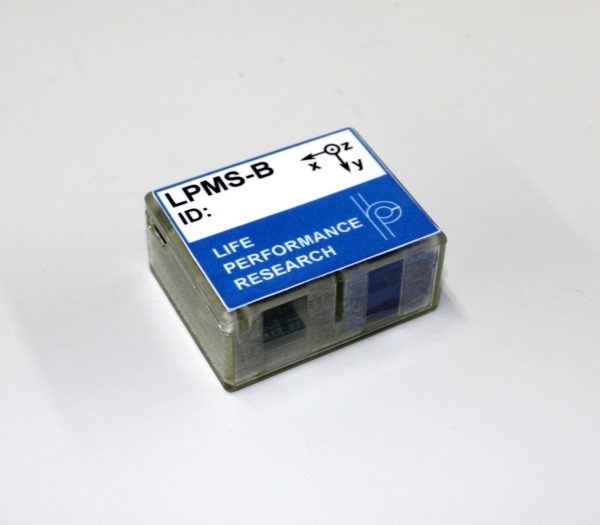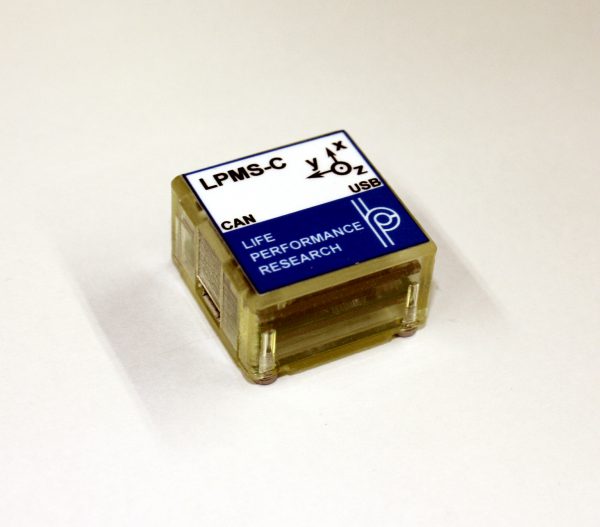LPMS-C on the way to beautiful Italy
One of our LPMS-C sensors has been purchased by the University of Catania in Italy. I hope that we can work together with them to further improve our sensor to integrate into their systems as well as possible.
One of our LPMS-C sensors has been purchased by the University of Catania in Italy. I hope that we can work together with them to further improve our sensor to integrate into their systems as well as possible.
We ordered some stickers and here they are.. Beautiful aren’t they 🙂

Finally we are ready to show somw progress of the sensor development. Below you can see the new design and a few designs of the case of the Bluetooth version of the sensor (LPMS-B). Actually these have been ready for quite some time, but we were just to busy with finishing the firmware etc. to show them around.

For this image we made half of the case transparent, so you can see the sensor mainboard and the battery inside. Using this larger battery, the size of the sensor has become bigger than the initial prototypes, but the continuous runtime is up to 10 hours. We are planning on producing differently sized cases for different applications, requiring different battery runtimes.
Please note that this 3D print here does not show the final material that we are going to use for the case. The final version will probably be blue and made of non-transparent or semi-transparent plastic.

If the LPMS is operated in an environment with a partially distorted (non-homogeneous) earth magnetic field, there is the possibility of the orientation readings becoming inaccurate due to invalid data from the magnetometer unit. To prevent this we have extended our sensor fusion algorithm to detect such field distortion and automatically switch to operation without magnetometer. The switching between the two states happens seamlessly (without orientation jump) and, if the exposure to the distorted magnetic field happens for a limited amount of time, without any major orientation drift.
Please see the video below for a demonstration of the improved filter. An iron plate is used to distort the magnetic field. As soon as the sensor gets close to the metal surface the magnetic field vector starts changing direction deliberately. The color of the cube on the monitor turns red in case of the detection of a distorted magnetic field.
Lin, Professor Takanishi and me recently had quite a lively discussion about the question if and to which degree we should open-source the company’s motion analysis software. On the one hand I strongly voted for open-sourcing everything, to quickly make our company known and to support the open-source community. Lin and Prof. Takanishi on the other hand were worried about competitors re-using our code for their own products without giving us proper credits (and therefore violating the GPL). Obviously both sides have their pros and cons, so I thought it might be nice to ask that question to the community on Slashdot.
Today the questions has been published. Check here to read the comments.